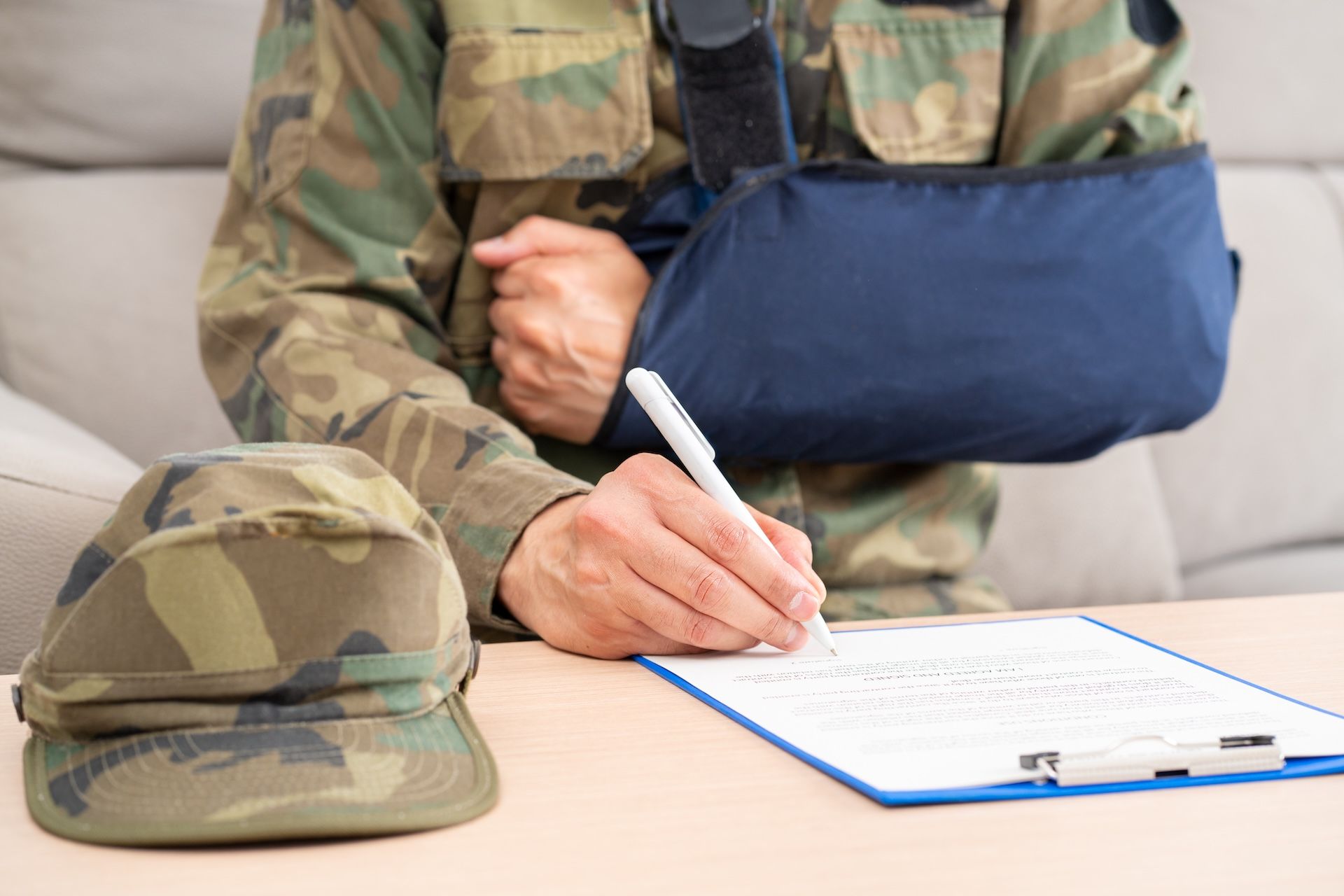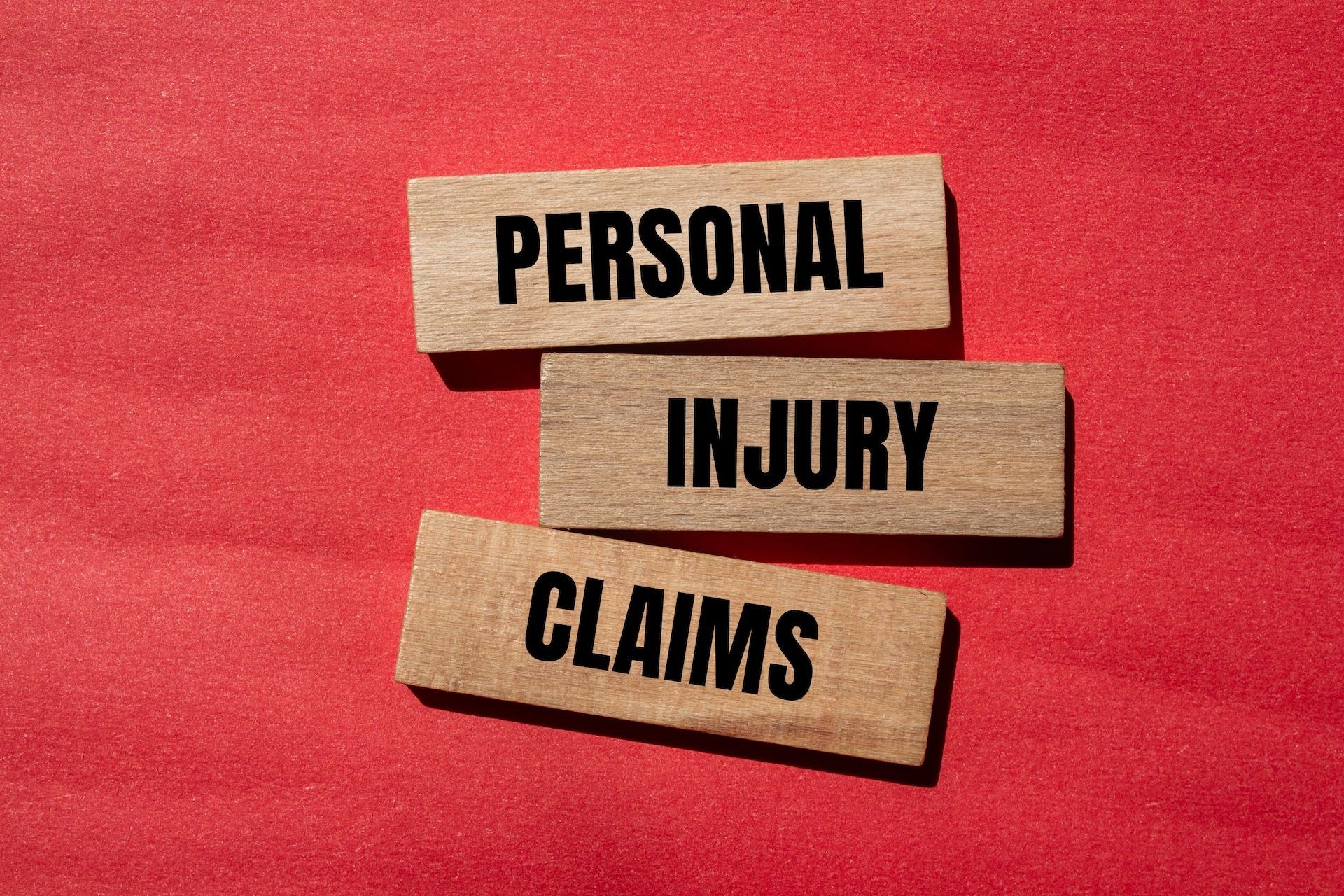James and Ann Kaplan v. International Paint (U.S.A.), Inc. and Courtaulds Coatings, Inc.

Case Name
James and Ann Kaplan v. International Paint (U.S.A.), Inc. and Courtaulds Coatings, Inc.
Type of Injury
BOAT PRIMER CONTAINING METHYLENE CHLORIDE
Occupation
self-employed home contractor
Location
Rockland, NY
Verdict
Defense verdict on liability (5/1)
Verdict Amount
$0.00
Case Details
XIII/21-20 PRODUCT LIABILITY BOAT PRIMER CONTAINING METHYLENE CHLORIDE DEFENSE VERDICT
James and Ann Kaplan v. International Paint (U.S.A.), Inc. and Courtaulds Coatings, Inc. 2384/92 6-week trial Verdict 10/10/95 Judge Alfred J. Weiner, Rockland Supreme
VERDICT: Defense verdict on liability (5/1). Post-trial motions were denied. Jury: 3 male, 3 female.
Pltf. Atty: John D. MacCartney of MacCartney, MacCartney, Kerrigan & MacCartney, Nyack
Deft. Atty: George S. Hodges of Boeggeman, George, Hodges & Corde, White Plains
Facts: Pltf., a 43-year-old self-employed home contractor at the time, claimed that he used Defts.’ product, AL200, to prime the bottom of his fiberglass boat on 5/24/91. AL200 is 90.3% methylene chloride which, when inhaled, metabolizes to carbon monoxide. Pltf. contended that the use of methylene chloride rendered the product unsafe and that the can’s label did not adequately warn potential users of the hazards of the product, as well as the precautions that should be taken and first aid instructions to be followed when using it. Pltf. testified that for most of the time that he was priming the boat, he was lying on his back underneath it, breathing in the fumes. Witnesses at the scene testified that he had completed priming and was starting to paint when he suddenly lost consciousness and had to be pulled out from underneath the boat.
Defts. argued that although methylene chloride can metabolize into carbon monoxide, the liver cannot produce enough carbon monoxide to raise the carboxyhemoglobin level to such a degree that significant or permanent injury can result. Defts. also offered proof that there were no prior similar claims or accidents in the United States. The jury found that although the label did not contain proper warnings, there was no causal relationship between the defective label and the injuries that Pltf. claimed.
Injuries: permanent brain damage including central, peripheral, and brain stem damage with multiple cranial nerve dysfunction and left parietal area involvement; loss of higher cognitive functions; memory loss; psycho-social behavioral problems. Pltf. underwent hyperbaric treatments at the University of Maryland Hospital Center for about 6 weeks and then underwent extensive rehabilitation at Rehabilitation Specialist in Hawthorne, New Jersey for almost 9 months. He claimed that he could not return to his work as a home crafter because of his cognitive difficulties and loss of memory. Defts. denied that Pltf. had been injured in the manner and to the extent claimed, and produced proof that he had filed a certificate of doing business as a home crafter in Delhi, New York. No offer; demand: $2,500,000. Jury deliberation: 6 hours. Carrier: Zurich- American on excess. Pltf. Experts: Dr. Raymond Singer, neuropsychologist and neurotoxicologist, Santa Fe, New Mexico; Edmond Provder, Ph.D., vocational rehabilitation, Manhattan; Dr. Anna Dutka, economist, Manhattan; Maryanne Kezmarsky, Ph.D., neuropsychologist, Mahwah, New Jersey; E. Patrick McGuire, warnings expert, Bernardsville, New Jersey; William Klein, C.P.A., West Nyack; Christine Eisenhardt, rehabilitation specialist, Nutley, New Jersey; Ellen Grober, Ph.D., neuropsychologist, Albert Einstein College of Medicine, Bronx (examined Pltf. for Defts.). Deft. Experts: Dr. Richard Stewart, internist and toxicologist, Racine, Wisconsin; Dr. Herbert Schaumburg, chief of neurologist and clinical neurotoxicologist, Albert Einstein College of Medicine, Bronx.
Disclaimer: The information on this website and blog is for general informational purposes only and is not professional advice. We make no guarantees of accuracy or completeness. We disclaim all liability for errors, omissions, or reliance on this content. Always consult a qualified professional for specific guidance.








